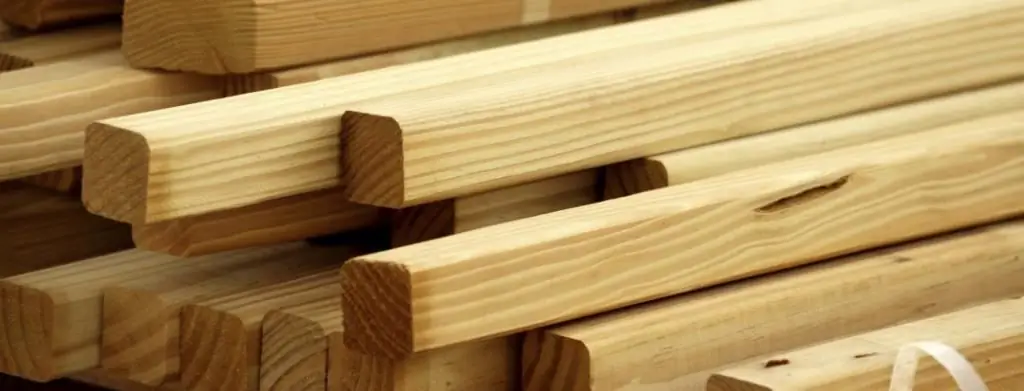2025 Author: Howard Calhoun | [email protected]. Last modified: 2025-01-24 13:10:29
Pine wood is a valuable material that is used by man. Basically, this kind of wood is used in construction. It is used both for basic work and as an element of exterior decoration.
Wood
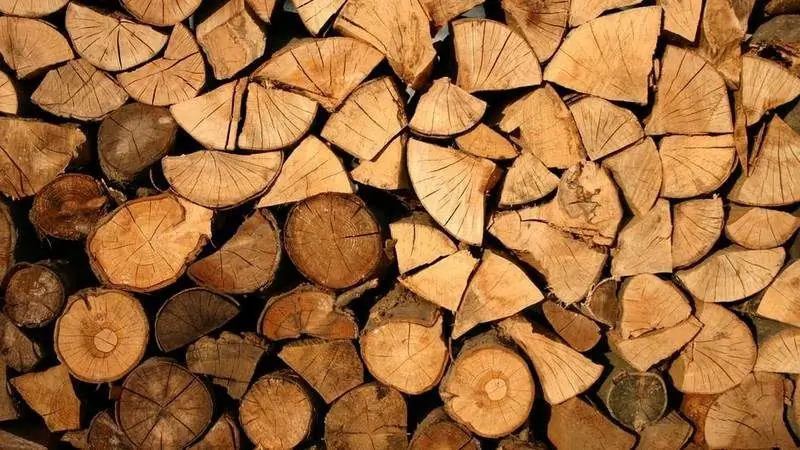
Wood is a material obtained from various species of trees and shrubs. This material is durable, has a fairly long service life and is a renewable resource.
One of the most popular wood materials is pine. It produces durable, beautiful and inexpensive furniture, durable decor items and parquet. Pine is very common in Russia, it is the main timber in terms of supply.
This tree belongs to soft breeds, that is, it has a low density, which is approximately 520 kg per cubic meter. At the same time, the density of dry pine is approximately 450-480 kg per cubic meter. This is due to the fact that the moisture contained in wood gives greater strength to the material.
Wood density
The density of dry pine varies slightly as itdepends not only on humidity, but also on the type of tree, place of growth and other important factors. When buying pine, you need to consider the percentage of its moisture content. It is not possible to manually determine it without the availability of special equipment, so this procedure is carried out in special laboratories.
Different types of wood have approximately the same composition, so a value of 1.54 is used to calculate the specific gravity. Of course, there is a table for each type of wood, it will be located below.
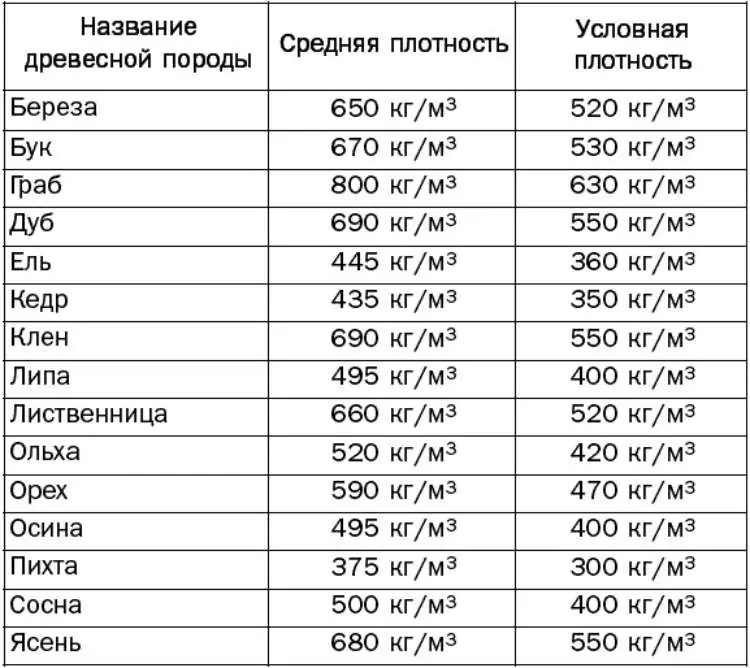
When buying material, you should check with the manufacturer about its moisture content, since the specific gravity of dry pine will also depend on this parameter. The average moisture content of pine wood is 10-12%. Therefore, with a density of dry pine of about 480 kg per cubic meter, only about 50 kg will be moisture.
Categories of material to process
Conventionally, the material for processing is divided into three categories:
- Wood with high specific gravity. This type of wood is distinguished by the fact that trees of this species have a density of more than 750 kg per cubic meter: hornbeam, oak, black locust, etc.
- Trees with medium density. Average values range from 550 to 740 kg per cubic meter: walnut, birch, elm, larch, beech, ash, maple, etc.
- Wood with low bulk density. In this case, one cubic meter of material will weigh less than 540 kg, and these are: Scotch pine, aspen, linden, poplar, Norway spruce, etc.
The amount of moisture in lumber can always be different, for example, boards lying in the sun will be noticeably drier than those covered with an awning.
Determination of humidity
To determine, for example, the density of pine wood, you can use a special device called a moisture meter. There are several different methods for determining moisture content in a material with this device:
- Dielectric method.
- Conductometric method.
- Weight method.
The first way to measure humidity is with a moisture meter, which is designed with a radio frequency generator. It is he who measures the dielectric constant of the material. The sensors on the body of the device must be pressed against, for example, a pine board, then the device will send signals deep into the material by about 2-3 centimeters and, based on the data on the decay time of the currents, will give data on the percentage of moisture in the wood under study.
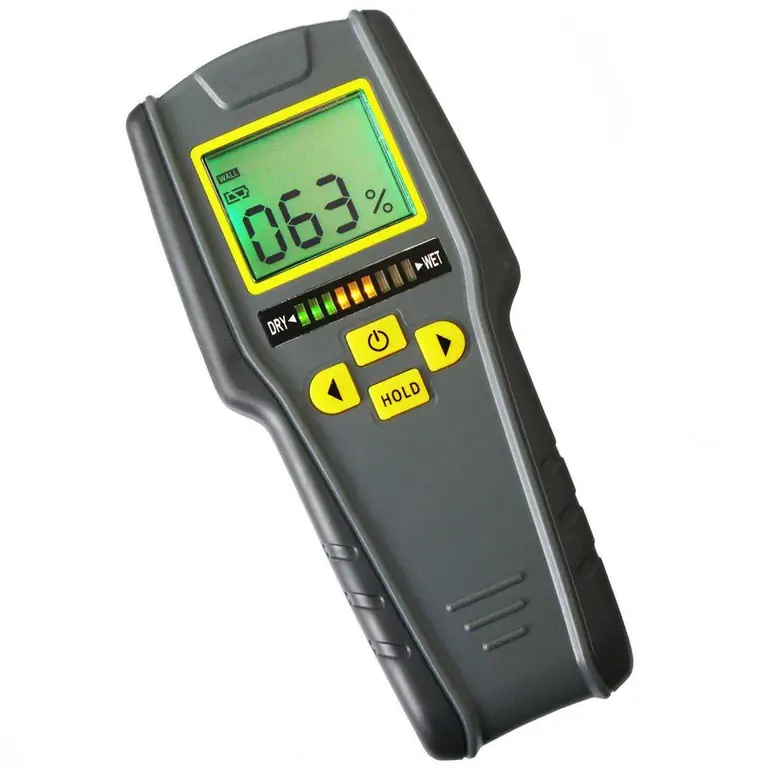
The second method involves the partial destruction of the material under study. It is necessary to stick the sharp needles installed on the device into the object under study, and based on the data on the resistance between them, a result will be given.

The third method is the oldest, but it gives very accurate results. To obtain data, you need to take a small amount of the test material, even a piece of a pine board will do, and place it in a special chamber for drying. Over timecompare the weight of the material before drying and after. This calculates the moisture content of the material.
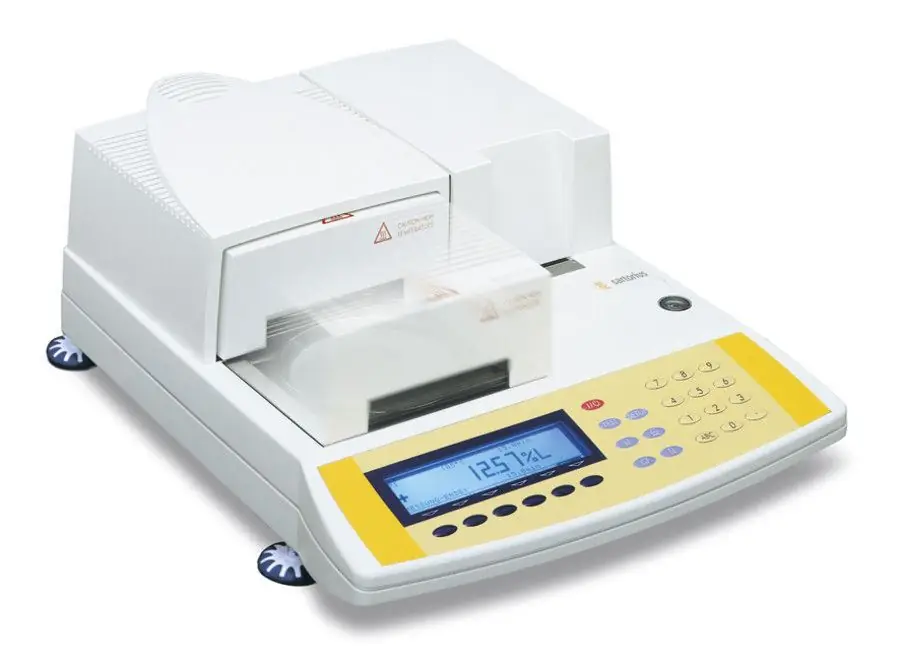
The third method is simple and reliable, but requires special instruments and scales, making it unsuitable for use in some conditions. Also, the price of this device is very high for personal use, so they are most often found only in special laboratories.
Recommended:
Determining the need for personnel: the concept, planning methods and ways to cover it

One of the most valuable resources of any company is its staff. However, it is quite expensive. Therefore, it is extremely important to determine the number of employees in which you can achieve the maximum economic effect at the lowest cost. For this, special methods and approaches are used. Determining the need for personnel is one of the priority tasks of management. How this process is carried out will be discussed in the article
Comparative approach. Methods for determining the value of real estate

Comparative approach in real estate appraisal is the most popular method that gives the best results in the analysis of determining the real value
Sowing qualities of seeds: methods for determining the purity and waste of seeds
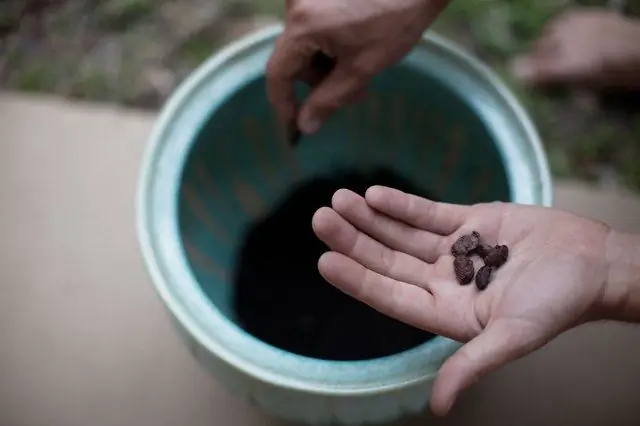
The yield of crops depends significantly on such an indicator as the sowing quality of seeds. Planting material must meet not only varietal requirements. It must also be sufficiently clean, viable, dry and viable
Groundwater depth: methods for determining
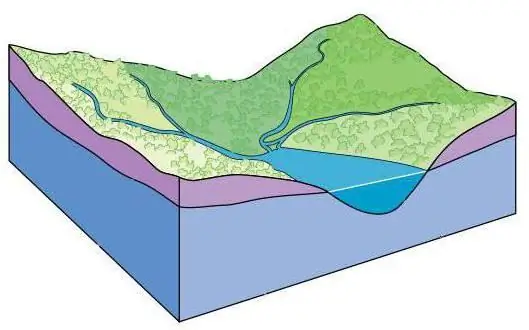
Most houses have centralized water supply. But due to remoteness from the settlement or for other reasons, in some country cottages, it is not available at the dachas. The owners have to drill a well or equip a well
Density of crushed stone - gravel, granite, limestone and slag. Bulk density of crushed stone: coefficient, GOST and definition
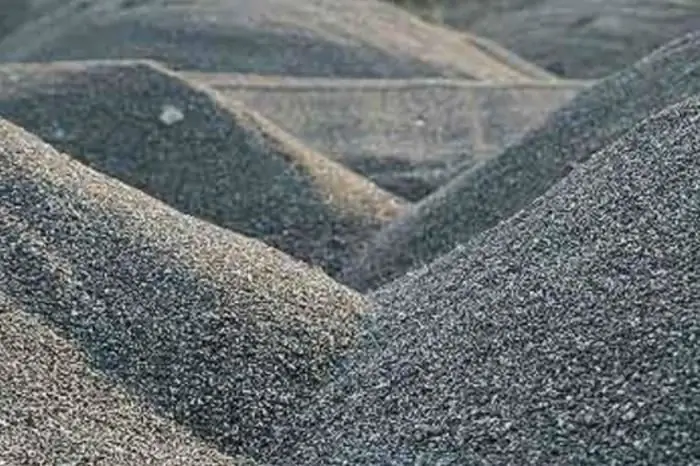
Crushed stone is a free-flowing, inorganic and granular material obtained by artificial crushing. It is divided into primary and secondary. This is an important fact. Primary - the result of processing natural stone: pebbles, boulders, pumice and other materials. Secondary is obtained by crushing construction waste, such as concrete, asph alt, brick. In this text, we will consider in more detail such a property as the density of crushed stone

